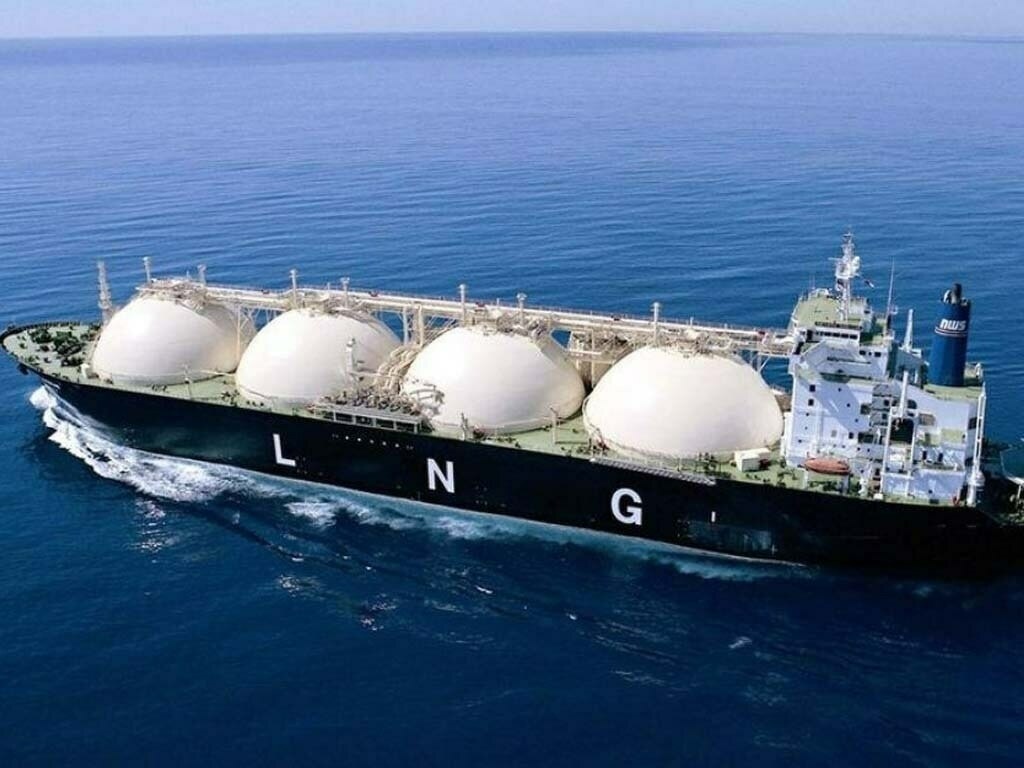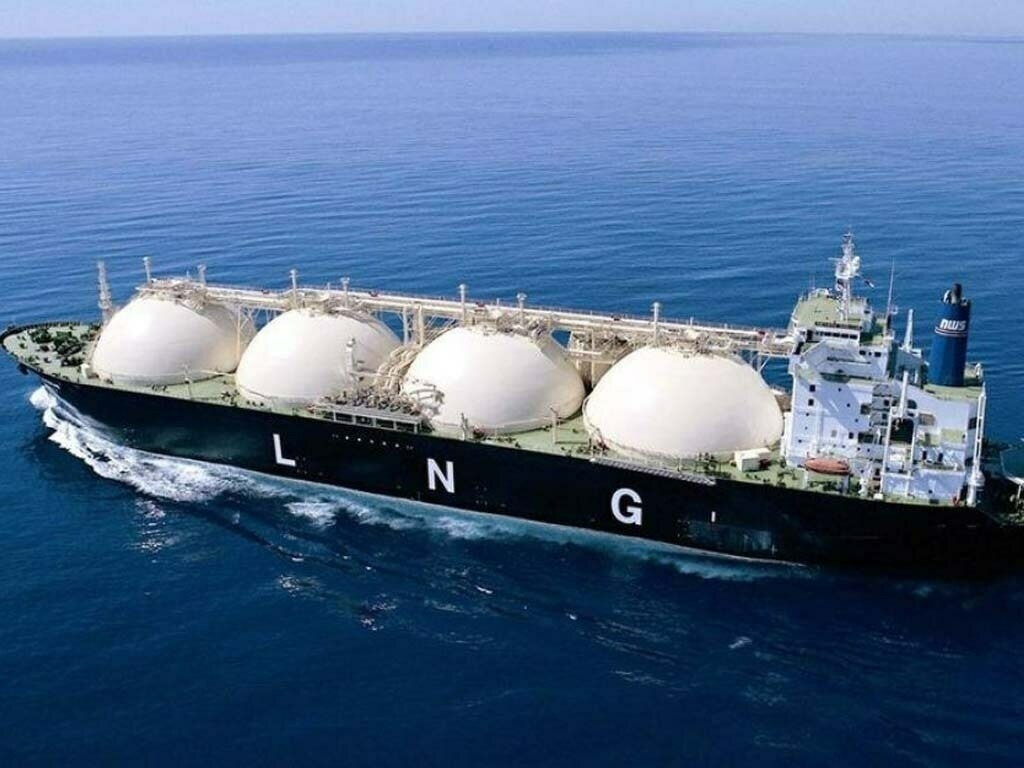

Concurrently, domestic oil and gas production companies have suffered substantial revenue losses, amounting to $192 million due to reduced outputs of gas, crude oil, and LPG (liquefied petroleum gas).
Background interaction with energy sector experts revealed that a recent meeting chaired by Prime Minister Shehbaz Sharif focused on the gas load management plan for the winter season, reviewed in detail the country’s energy crisis.
One of the key revelations was unsold 15 billion cubic feet (BCF) of re-gasified liquefied natural gas (RLNG) for 2024. This issue arose after Pakistan curtailed its cheaper domestic gas production to accommodate RLNG imports, which were then diverted to meet rising residential demand.
The diversion of RLNG to residential areas, rather than to industries or power generation sectors, has only exacerbated the circular debt crisis, compounding the financial strain on the energy sector.
The forced suspension of local gas production has further burdened the state, as the country becomes increasingly reliant on imported LNG, which is more expensive, and continues to pressure Pakistan’s foreign exchange reserves.
As the country faces growing natural gas shortages this winter, Pakistan’s gas sector is entangled in a complex web of challenges, including reduced domestic gas production, mounting circular debt, and the urgent need for strategic load management.
Directorate General of Gas (Petroleum Division) has also constituted a Technical Committee on the oversight and management of winter gas load.
Official documents reveal that the Committee headed by Additional Secretary (Petroleum Division) will meet on regular basis and would monitor the situation of gas demand and supply taking into account the factors, e.g., existing indigenous gas/ LNG inputs, domestic sector demand pattern due to weather change, power sector demand/ consumption pattern, industrial loads both process and captive, fertilizer and CNG gas consumption.
A daily reporting format shall also be developed based on stated factors and highlighting the line-pack position as well mitigating/ management measures.
A significant concern raised in recent meetings was the forced suspension of domestic natural gas production to make room for imported LNG.
Despite this, the government has struggled to meet demand, as evidenced by the decision to decline SNGPL’s request for an additional LNG cargo from PSO/ Qatar Petroleum and PLL/ ENI for the lean months of January 2025. Supplier limitations have created a shortfall in LNG supply, particularly for January 2025, where only 11 cargoes will be available, compared to 12 in January 2024.
PLL also approached SNGPL regarding the potential need for spot LNG cargoes due to anticipated shortages in January 2025.
However, this option was ruled out due to the exorbitant price of $68 million per cargo, which would result in a sale price exceeding Rs. 6,000 per MMBTU. This steep rate would further exacerbate the already spiraling circular debt, as domestic consumers would be unable to afford such prices, thus adding to the pressure on the country’s foreign exchange reserves.
The reduced availability of imported LNG, coupled with the high prices of spot cargoes, has deepened the gas crisis, placing additional financial strain on the sector and driving the circular debt ever higher.
The sources said that despite these challenges, the government has ensured that fertiliser plants continue to receive a steady supply of gas during the winter, allocating 45 Million Cubic Feet per Day (MMCFD). This marks a departure from previous winters when gas supply to these plants would have been suspended to prioritise the residential demand.
A positive development has been the introduction of a safety net for lower-income households. Approximately 62% of domestic consumers, out of a total of 7.3 million households, fall under the Protected Category. These households benefit from minimal gas tariffs, ensuring affordable energy for vulnerable segments of society.
While Protected Domestic Consumers pay an average of Rs. 564 per MMBTU in winter, Non-Protected Consumers face higher rates of Rs. 1,608 per MMBTU. To alleviate pressure, the government has been subsidising domestic consumers by diverting approximately 400 MMCFD of LNG, which costs around Rs. 3,600 per MMBTU, at highly subsidised rates. This strategy is aimed at providing affordable energy while managing the country’s limited gas supply.
The sources further stated that a well-structured load management plan has been put in place to balance the demands of various sectors. The domestic sector is given priority, with gas supplied continuously from 6 am to 10 pm, especially during peak demand hours. During the night, gas pressure is maintained through line-pack buildup to ensure consistent supply.
The roti/ tandoor sector receives gas according to demand, while the general industry and captive power sectors experience minor curtailments. The CNG sector is also subject to curtailments, especially in January, depending on weather conditions. The power sector, which requires approximately 400 MMCFD of gas, will receive supply on a best-effort basis, as historical data suggests lower off-take during the winter months. In the Sui Southern Gas Company (SSGC) franchise area, the situation is similarly dismal.
Since FY 2017-18, SSGC has faced a 40% reduction in indigenous gas supply due to the natural depletion of domestic reservoirs. In response, the Ministry of Petroleum has successfully injected an additional 45 MMCFD of gas into SSGC’s system since July 2024, with an expected 35 MMCFD more between December 2024 and March 2025.